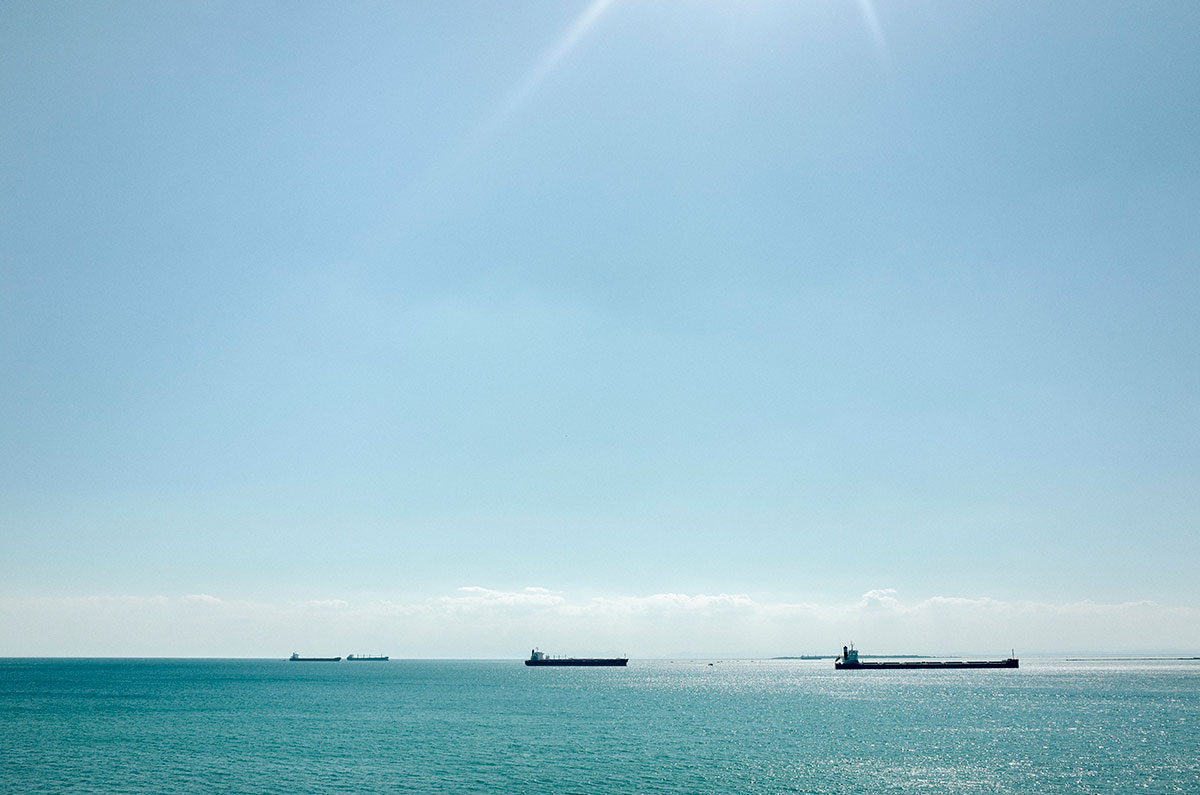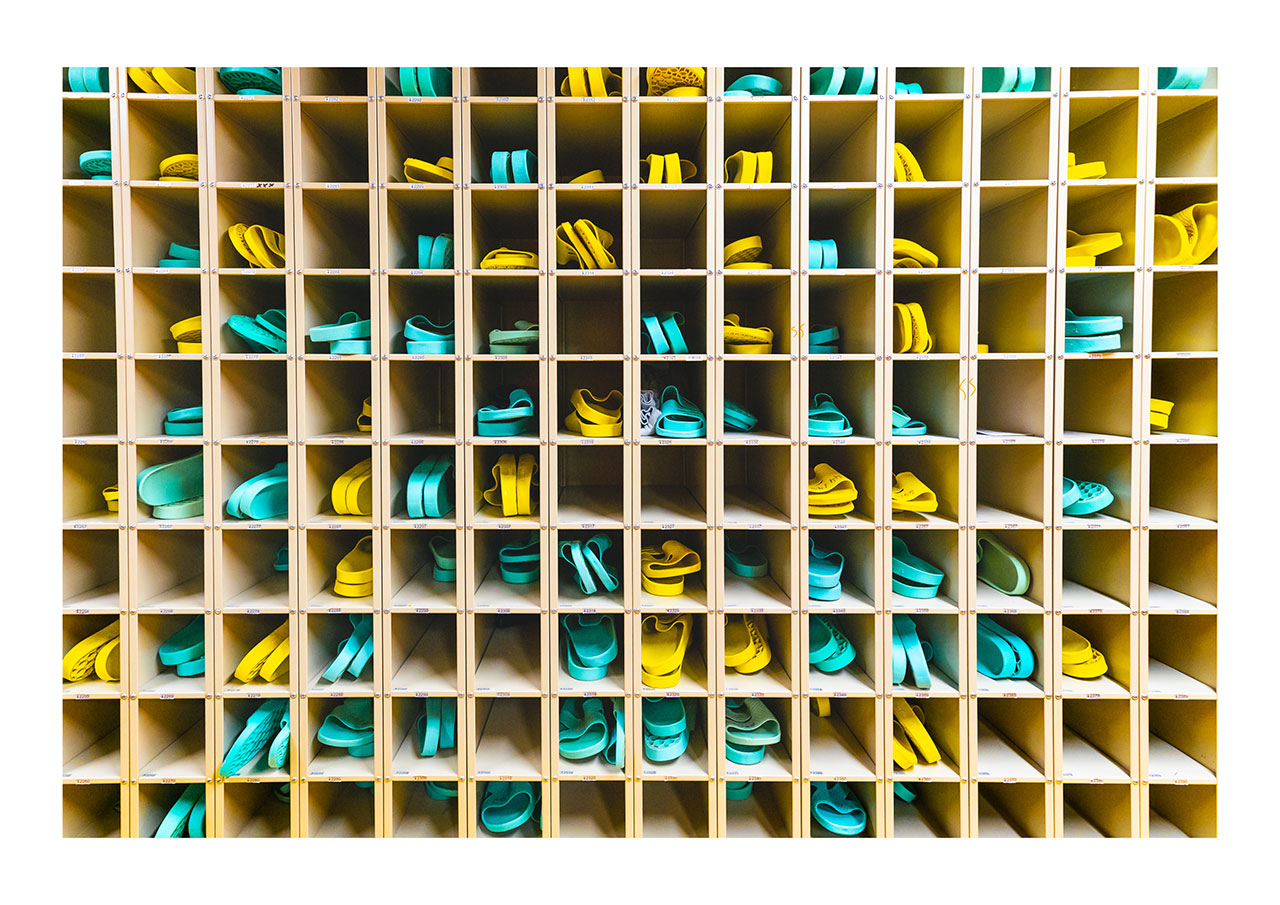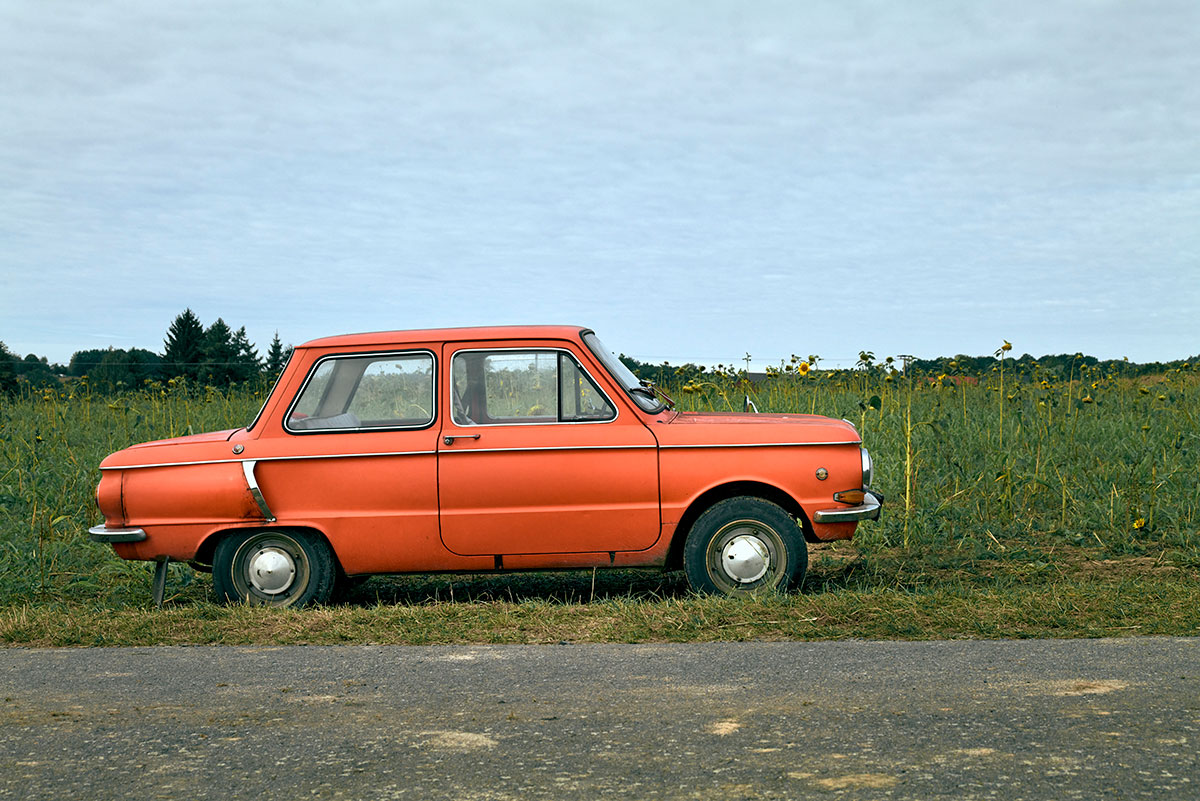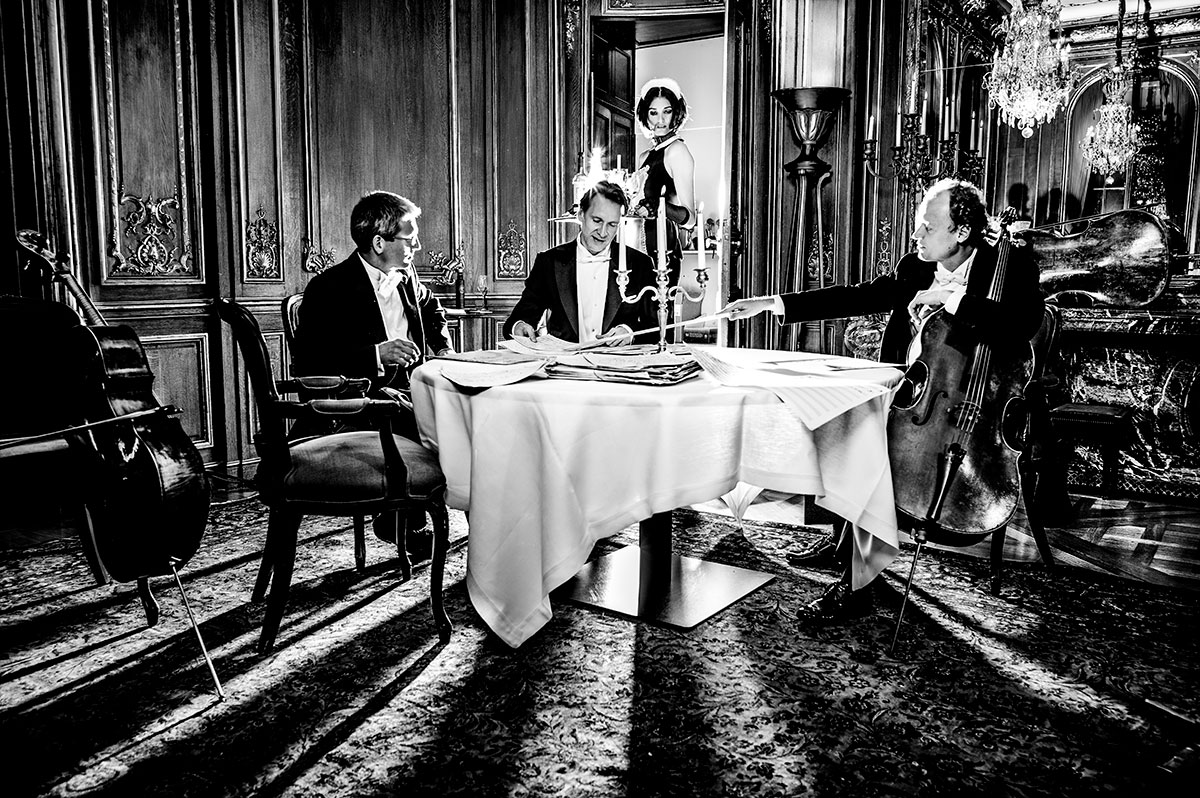PHOTO: Till Brönner Identity-Landscape Europe
 Photographer and musician Till Brönner is a dedicated European of German descent. He grew up in Italy and in the Rhineland and as a trumpet player with strong ties to the music of North America, and his search for identity always took him between several worlds. It is precisely this intercontinental existence that has made him keenly aware of Europe’s global significance, and his photographic work emphasises this importance time and again.
Photographer and musician Till Brönner is a dedicated European of German descent. He grew up in Italy and in the Rhineland and as a trumpet player with strong ties to the music of North America, and his search for identity always took him between several worlds. It is precisely this intercontinental existence that has made him keenly aware of Europe’s global significance, and his photographic work emphasises this importance time and again.
By Dimitris Lempesis
Photo: Ludwig Museum Archive
In a Europe with a multitude of problems and crises, including the war in Ukraine, sensitive questions about the meaning and identity of one of the most influential regions in the world have arisen again, and not just since the outbreak of a global pandemic caused by the Covid-19 virus. What separates us – despite the union of states? What unites us – despite major differences? Between pipelines and agreements, dictatorships and democracies, economic and social policy or data protection and digitalisation, we are becoming aware that it is above all the people who shape and are responsible for Europe’s identity. They are the focus of this project. The artist and the Stiftung für Kunst und Kultur e.V. have deliberately chosen Hungary as the venue for an exhibition whose content represents a not insignificant area of tension between social and political reality, particularly from a Hungarian perspective. This in turn creates synergy effects for the public work, which will enhance the visibility of the exhibition “Identity – Landscape Europe” both locally and internationally. Till Brönner is now one of the most successful German jazz musician. Although he is regarded as a “trumpet virtuoso”, his extraordinary feel for sound and melody has earned him the reputation of the “German Chet Baker”. Brönner comes from a family of musicians and had a classical education, followed by studies in jazz trumpet at the Cologne University of Music with Jon Eardley, one of Charlie Parker’s and Chet Baker’s companions back in the 1950s. He has worked with numerous jazz and pop music greats, including Dave Brubeck, Herbie Hancock, Annie Lennox, George Benson, Hildegard Knef, Madeleine Peyroux, Kurt Elling, Carla Bruni, Michael Brecker, Al Di Meola, Chaka Khan, Natalie Cole, Al Jarreau and Michael Franks, to name but a few. In 2016, he received an invitation from US President Barack Obama to the White House in Washington, where he performed at UNESCO’s annual International Jazz Day. Inspired by the work of music and fashion photographer William Claxton, who was portrayed in the 2001 documentary “Jazz Seen” by German director Julian Benedikt – Brönner wrote the soundtrack for the film, he became increasingly aware of the obvious similarities between jazz and photography. This lucky occassion led to a personal friendship with Claxton and subsequently to some significant photographs of the jazz musician Brönner. After acquiring his first Leica M8 camera in 2009, he began taking portraits of his fellow musicians before plucking up the courage to ask artists outside his own circle – actors, athletes, writers, activists – for portraits. Both a veteran and a newcomer, Brönner’s work began to attract the attention of renowned editors such as Hendrik TeNeues of TeNeues Publishing, who published Brönner’s photo book “Faces of Talent” in October 2014. Brönner’s speciality is undoubtedly portraiture. For his first museum exhibition “Melting Pott” (2019, MKM Museum Küppersmühle für Moderne Kunst, Duisburg), he showed and portrayed an entire region, the Rhine-Ruhr area. The countryside, once a stronghold of German industry, is slowly disappearing, being transformed, perhaps returning to its original natural form, thanks to the new spirit of environmentalism that has ecologically eclipsed industrial production. Today, only the blast furnaces, mines and factories remain as a reminder of the industrial past. The workers who worked and earned their living in these surroundings still live in the countryside, can be contacted, interviewed and speak with harsh words but with deep nostalgia about their former living space. With his current project “Identity – Landscape Europe”, he is once again expanding his horizons to include completely new perspectives. The selection also includes portraits of Anselm Kiefer and Olafur Eliasson, people who have addressed European history or the world’s ecological problems in their work. Of course, there are also photographs of musicians, civic figures and personalities who have shaped European politics. The exhibition is almost exclusively devoted to black and white photographs. Brönner explores the scale of the grey in his digital photographs, deliberately aiming for a minimalist presentation, contrasting with the noisy and colourfl world. Brönner loves the subjects and objects of his photographs, he is a true humanist.
Photo: Till Brönner, Mediterranean Sea, Puglia, Italy, 2017, Courtesy of the artist
Info: Ludwig Museum – Museum of Contemporary Art, Budapest, Budapest, Komor Marcell u. 1, Budapest, Hungary, Duration: 14/4-25/8/2024, Days & Hours: Tue-Sat 10:00-20:00, www.ludwigmuseum.hu/


Right: Till Brönner, Priest, Rome, Italy, 2017, Courtesy of the artist




Right: Till Brönner, Olafur Eliasson at his studio, Berlin, Germany, 2024, Courtesy of the artist
